
How to Travel Long Distances Without Getting Motion Sickness
If you’re someone who often gets dizzy, nauseous, or light-headed while traveling by car, bus, train, or plane, you’re definitely not alone. Motion sickness — sometimes called “travel sickness” — happens when your brain receives conflicting signals from your eyes, inner ear, and body.
For example, when you’re sitting still inside a moving vehicle, your inner ear feels the motion, but your eyes don’t see it — creating confusion in the brain. The result? Dizziness, nausea, cold sweats, headaches, and sometimes vomiting.
Instead of relying on medication, which may cause drowsiness or dry mouth, you can apply some simple, natural remedies that help keep you calm and comfortable throughout your journey. Below are 13 proven ways to travel long distances without feeling carsick.
1. Use Fresh Ginger – Nature’s Motion Remedy
According to traditional Eastern medicine, fresh ginger is one of the best natural ways to prevent motion sickness.
About 30 minutes before traveling, chew a small piece of fresh ginger (about the size of your thumb) or crush it and mix it with a cup of warm water to drink. You can also keep a small slice in your mouth during the trip to calm your stomach.
In traditional Chinese medicine, ginger has a warming nature and helps dispel cold, relieve nausea, and promote digestion. Its compounds, such as gingerol and shogaol, work by calming the stomach and balancing the body’s equilibrium — effectively reducing dizziness and nausea without side effects.
2. Inhale Essential Oils from Citrus Peels
Before your trip, peel a tangerine, orange, or lemon, fold the peel in half, and gently squeeze it near your nose to release its fragrant essential oils.
Inhale 8–10 times before you board, and you can repeat this anytime during the journey.
Citrus peels contain limonene, a compound that helps refresh your senses and counteract queasiness. Their bright aroma can block unpleasant smells inside the car or boat — especially useful if you’re sensitive to fuel odors.
3. Apply Acupressure on the Nei Guan Point
One of the most effective traditional methods for motion sickness is pressing on the Nei Guan (P6) acupressure point, located about three finger-widths below the wrist crease, between the two tendons in the middle of your inner forearm.
To locate it:
-
Place three fingers (index, middle, and ring) horizontally on your wrist.
-
The point just below your index finger, between the tendons, is Nei Guan.
-
Press or massage gently for about 30 seconds to 1 minute on each wrist.
This technique helps relieve nausea, dizziness, stomach discomfort, and headaches. You can also find motion-sickness wristbands designed to apply constant pressure on this acupoint during travel.
4. Eat or Smell Bread
It might sound surprising, but bread can actually help reduce motion sickness. When you chew bread, your body produces trypsin, an enzyme that interacts with amino acids and helps calm the nervous system.
Additionally, sniffing the crust of freshly baked bread can mask strong odors from gasoline or the vehicle’s interior — both of which often trigger nausea. Simple yet effective!
5. Use Betel Leaves (Lá Trầu)
This traditional Vietnamese remedy works wonders for those who frequently get motion sick.
Place a betel leaf (washed and slightly warmed) over your navel, cover it with a soft cloth or tissue, and secure it gently with a small bandage or scarf.
Betel leaves provide gentle warmth and help balance your body’s internal energy, reducing abdominal discomfort. You can also hold one or two leaves in your hand and occasionally sniff them — their distinctive aroma helps block unpleasant vehicle odors and prevents fatigue.
6. Wrap a Dry Scarf Around Your Neck
If you don’t have betel leaves, a dry scarf can also help. Wrap it snugly — not too tight — around your neck, covering the back of your head and upper chest.
This helps maintain warmth, especially at the back of the neck and base of the skull, areas believed to be sensitive to wind exposure. Keeping them warm reduces dizziness and prevents the feeling of chills or nausea.
7. Close Your Eyes and Rest
Sometimes, the simplest solution is the best: close your eyes and take a short nap.
By shutting your eyes, you reduce the conflicting signals between your vision and inner ear. Resting allows your body to recalibrate and helps you avoid focusing on movement. If you can, recline your seat slightly and breathe slowly for a few minutes — many travelers find this incredibly helpful.
8. Chew Gum
Chewing gum — particularly mint-flavored — can stimulate saliva production, reduce nausea, and keep your jaw moving, which stabilizes your sense of balance. The repetitive motion helps your body adapt to the vehicle’s rhythm and can even distract you from discomfort.
If gum isn’t your style, you can also snack lightly on something crunchy like crackers or nuts.
9. Avoid Heavy or Greasy Foods Before Traveling
Try to avoid foods that are oily, spicy, sour, or heavy before a long journey. These can irritate the stomach, slow digestion, and make you more prone to nausea.
Also, skip carbonated drinks and alcohol, which can increase stomach acidity and bloating.
Instead, opt for something light, like a banana, oatmeal, or a slice of bread with honey.
10. Eat a Light Meal Before You Go
Traveling on an empty stomach is just as bad as overeating.
If you’re too full, your stomach expands and pressure increases, which worsens nausea. If you’re too hungry, your blood sugar drops, making you light-headed.
So, eat a moderate, balanced snack 30–60 minutes before departure — not too heavy, not too light.
11. Choose the Right Seat
Where you sit can make a huge difference:
-
In cars or buses: Sit near the driver or in the middle, where the ride is smoothest. Avoid sitting over the rear wheels.
-
On boats: Choose a seat in the middle section and lower deck, where motion is least noticeable. If possible, sit near a window and focus on the horizon.
-
On planes: Choose seats near the front or over the wings, where there is minimal turbulence and vibration.
Being able to see outside also helps your brain synchronize what your eyes and body sense — significantly reducing motion sickness.
12. Avoid Reading Small Text While Moving
Reading books, newspapers, or phones while the vehicle is in motion often worsens nausea.
When you read, your eyes are fixed on something stationary while your body feels movement — sending mixed messages to your brain.
Instead, look out the window to observe passing scenery, or close your eyes if the motion is too strong. Aligning your visual and inner ear signals helps calm your body’s response to motion.
13. Try Licorice Root (Cam Thảo)
Licorice root is a traditional herb known for its soothing effect on the stomach. It can help ease nausea, heartburn, and indigestion — all common during long trips.
You can chew a small piece of dried licorice root or drink licorice tea about 20–30 minutes before traveling. However, if you have high blood pressure, consult your doctor first, as licorice may slightly increase blood pressure with frequent use.
Bonus Tips for a Smooth Trip
-
Keep the air inside the vehicle fresh and well-ventilated.
-
Avoid strong perfumes, gasoline smells, or stuffy air.
-
Listen to light music or engage in pleasant conversation to distract your mind.
-
Stay hydrated — small sips of water can help stabilize your body.
Final Thoughts
Motion sickness may seem unavoidable for some people, but with the right techniques and preparation, it can be completely manageable.
Whether you choose herbal remedies like ginger and betel leaves, simple habits like chewing gum, or practical adjustments like seat selection, these small actions can make your journeys far more pleasant.
So next time you set off on a long trip, remember these simple, natural remedies — and enjoy every mile with confidence, comfort, and a clear head.
News in the same category


6 things that mice are very afraid of

Why You Shouldn’t Rush to Fold the Bed When Checking Out of a Hotel
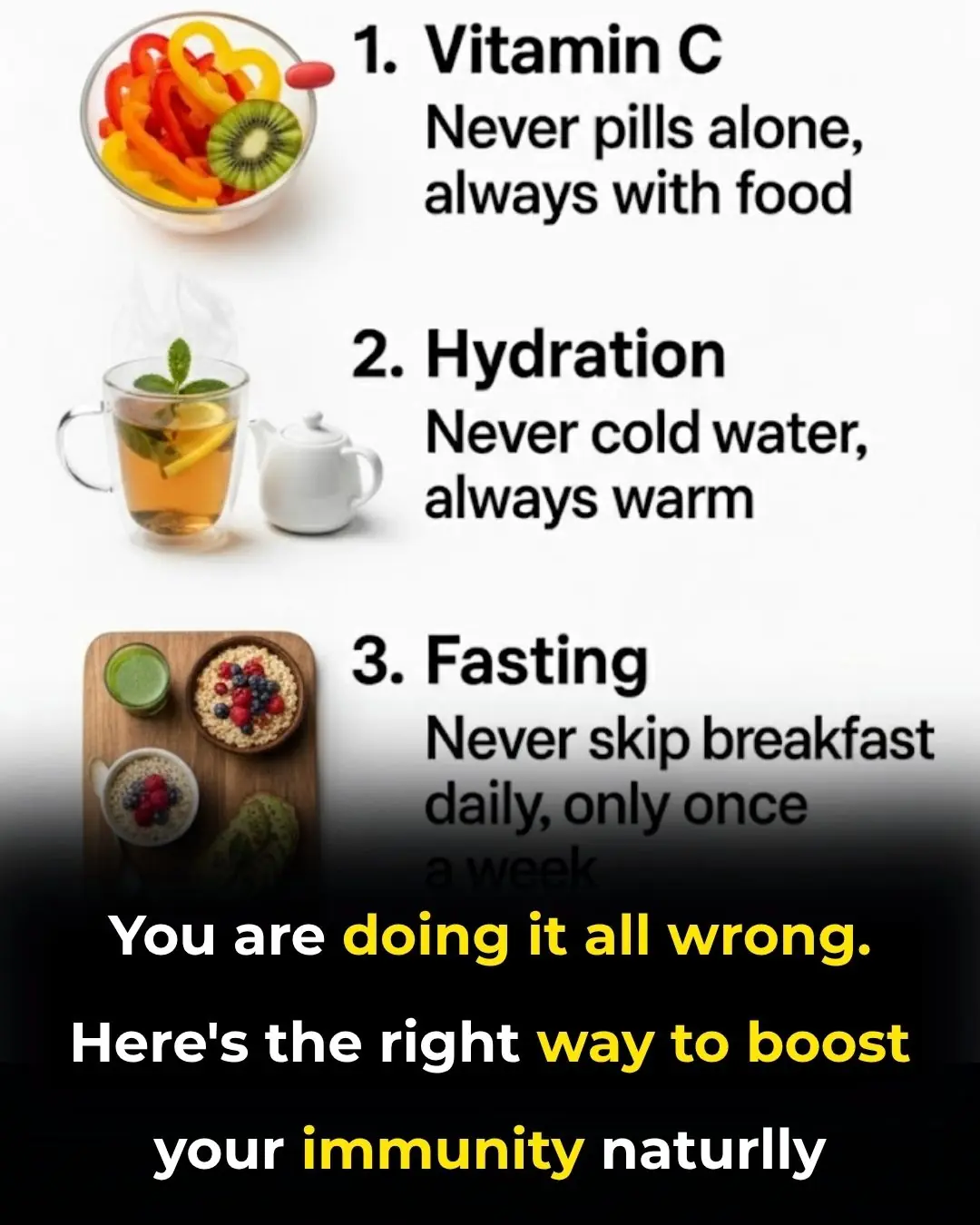
You are doing it all wrong. Here's the right way to boost your immunity naturally

My ear feels clogged all the time, but nothing comes out. No wax of fluid. Doctor appt is far away. What could this be?

Wow, I never knew this!

The Best Ways to Remove Pesticides and Harmful Chemicals from Fruits and Vegetables
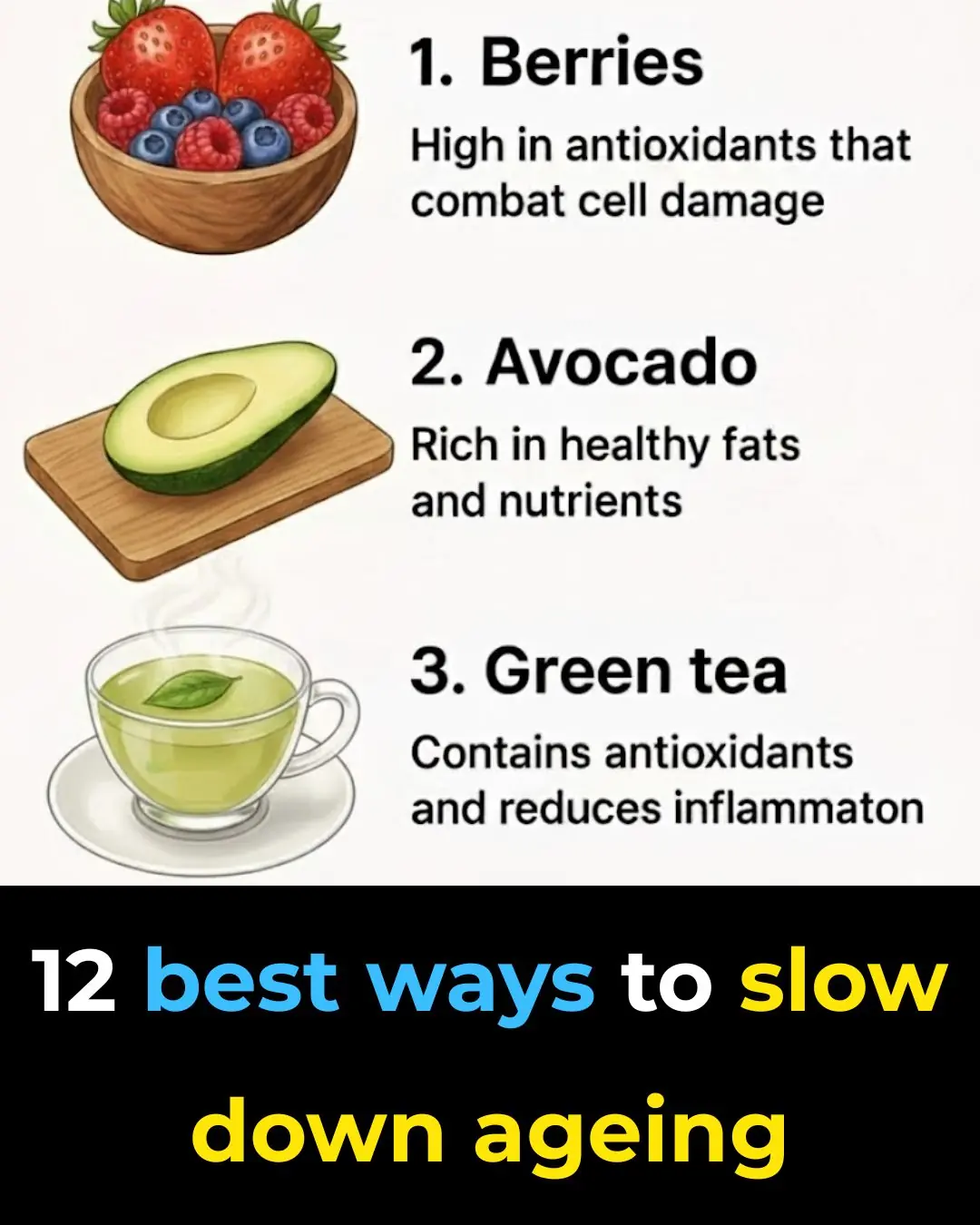
12 best ways to slow down ageing

Most do this wrong. Here’s how often to maintain your kitchen

Most do this wrong. 10 dairy items you’re storing incorrectly

Most do this wrong. 10 leftovers you’re storing unsafely

Good to know!

8 reasons why adding vinegar to your toilet tank is a must-do trick

Stop tossing out the old pill bottle. Here are 12 ways to reuse it

Most do this wrong. 10 bedding items you’re storing wrong

Put a bowl of vinegar in the refrigerator, immediately solve the problem that every family encounters.

4 Simple Steps to Clean the Washing Machine Without Removing the Drum, You Can Do It Yourself Without Calling a Technician

Tips for pickling golden melons that are crispy, sour quickly, and don't smell bad

Mattresses used for a long time are dirty and smelly. Sprinkle this on the surface and it will be clean as new without washing
News Post

The White House Communications Office is saying our story is not true. We stand by our story. Our story is accurate.

D4vd's Friends Thought He Was Celeste Rivas' Boyfriend, Thought She Was 19

Netflix's Being Eddie release date and what to expect from the Eddie Murphy special

Man Builds “Museum Of Love” To Honor Late Wife’s Memory

MAFS UK's Julia-Ruth issues statement after 'three husbands' bombshell

Strictly star Harry Aikines-Aryeetey addresses ‘heartbreaking’ elimination: ‘It’s nice to go out on a party’

Seven Types of Pain You should Never Ignore
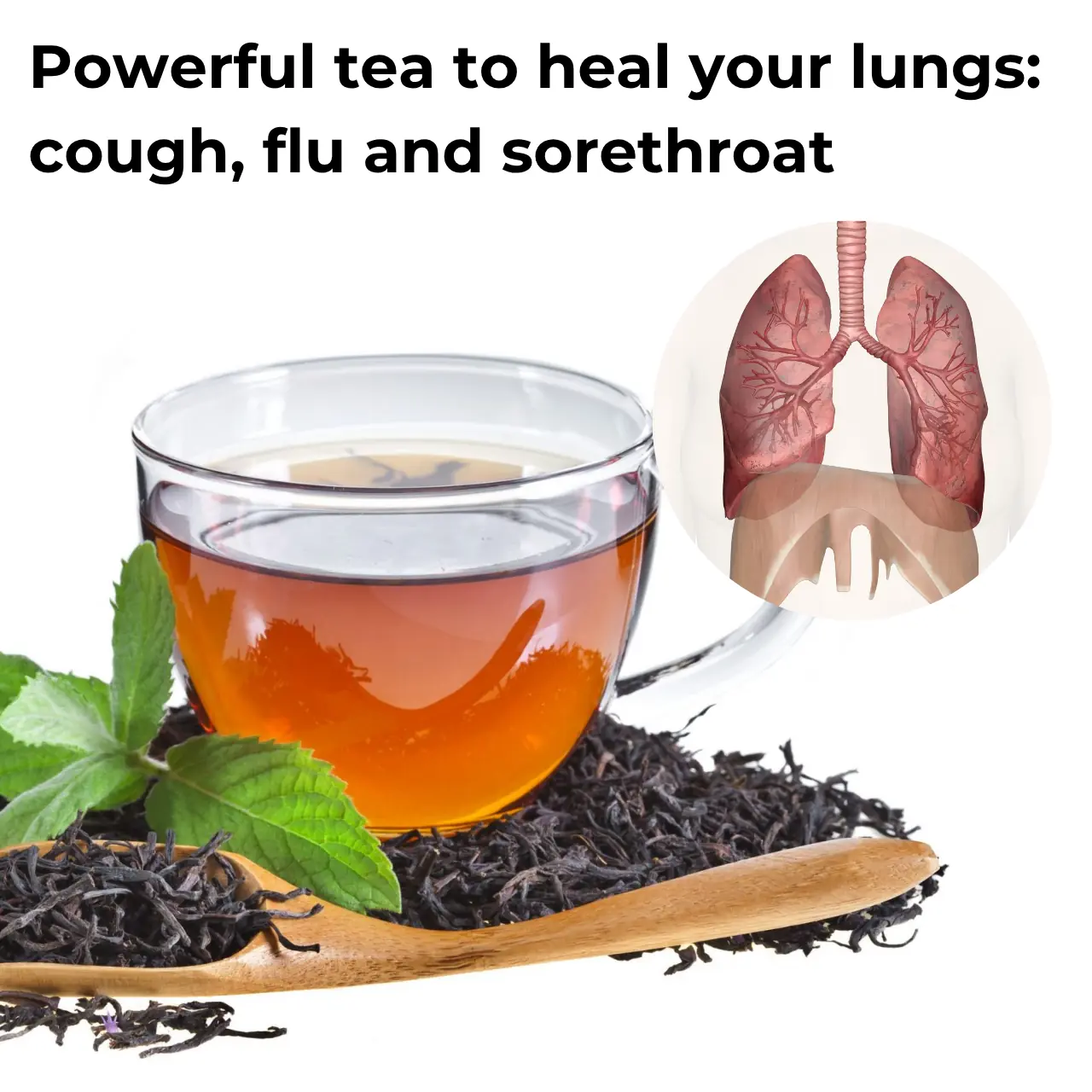
Proven Health Benefits and Uses of Thyme and Thyme Tea

Stop throwing out old plastic food containers

6 things that mice are very afraid of

9 cancer warning signs your body is sending you (don’t ignore these!)
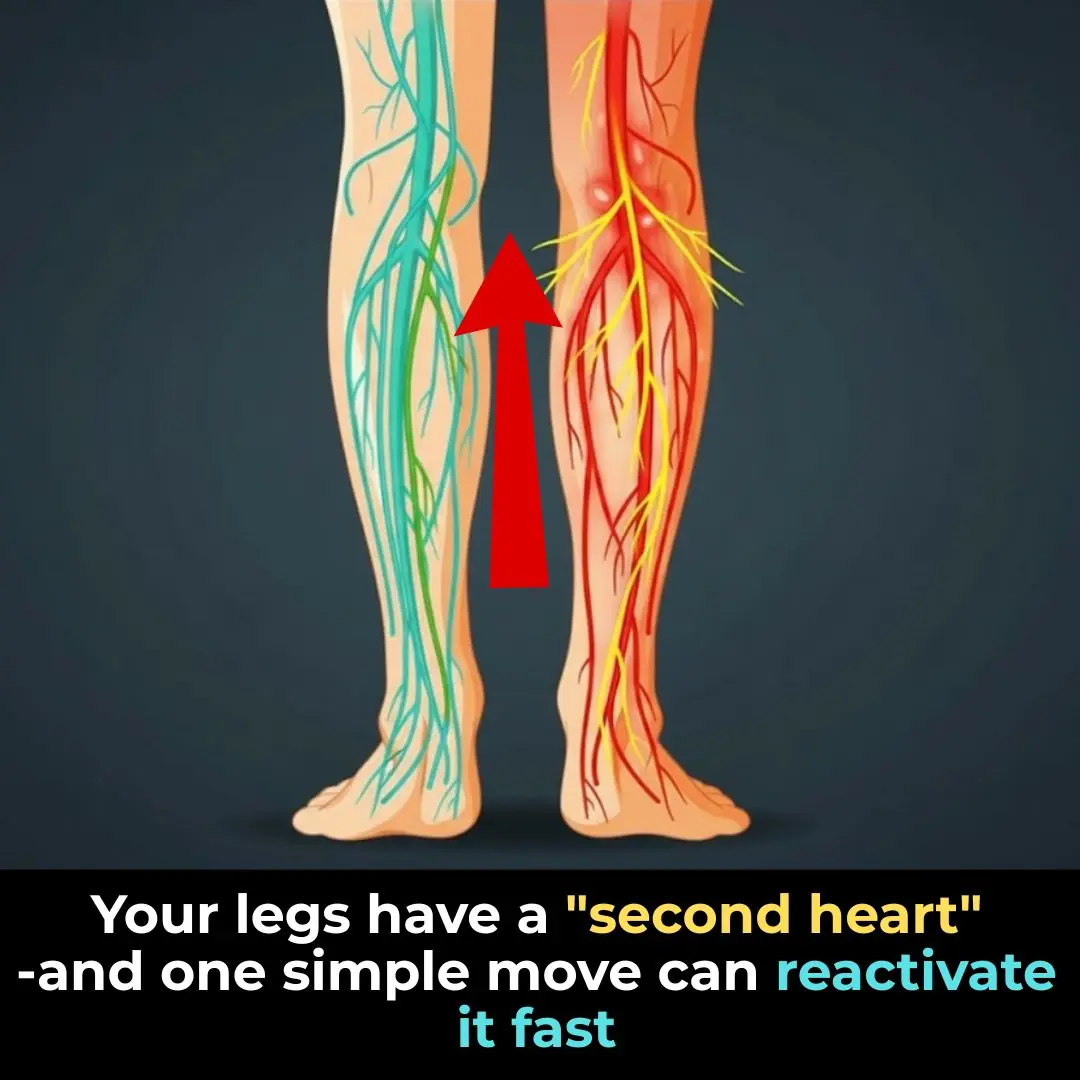
Your legs have a “second heart” — and one simple move can reactivate it fast

Doctor warns: your ‘healthy’ lemon water habit is actually destroying your liver – here’s what you’re doing wrong

Why You Shouldn’t Rush to Fold the Bed When Checking Out of a Hotel

You are doing it all wrong. Here's the right way to boost your immunity naturally

My ear feels clogged all the time, but nothing comes out. No wax of fluid. Doctor appt is far away. What could this be?

Wow, I never knew this!
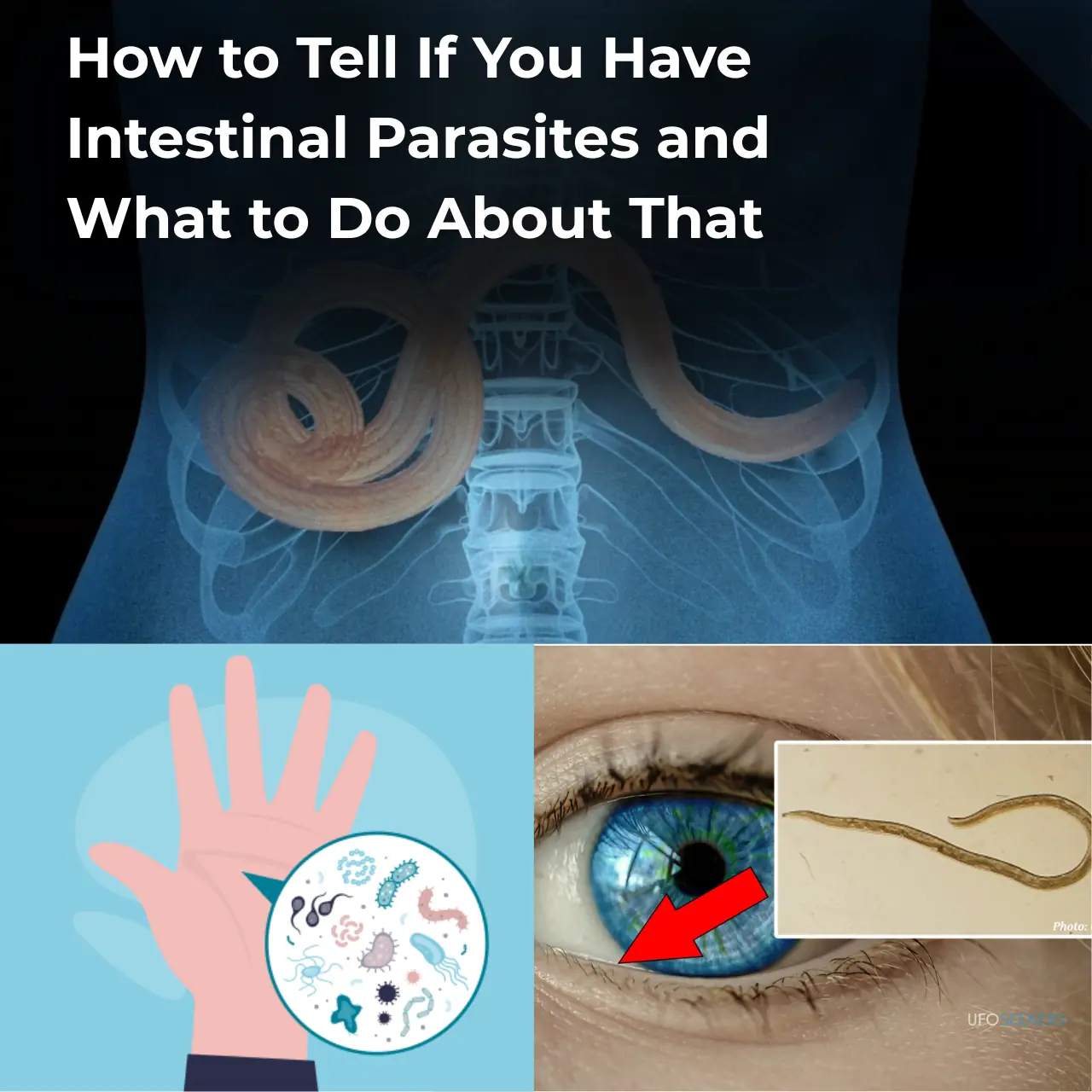
How to Tell If You Have Intestinal Parasites and What to Do About That

Morehouse Students Appear in ‘Vogue’ To Reflect On Legacy of Style in Honor of MLK Day
